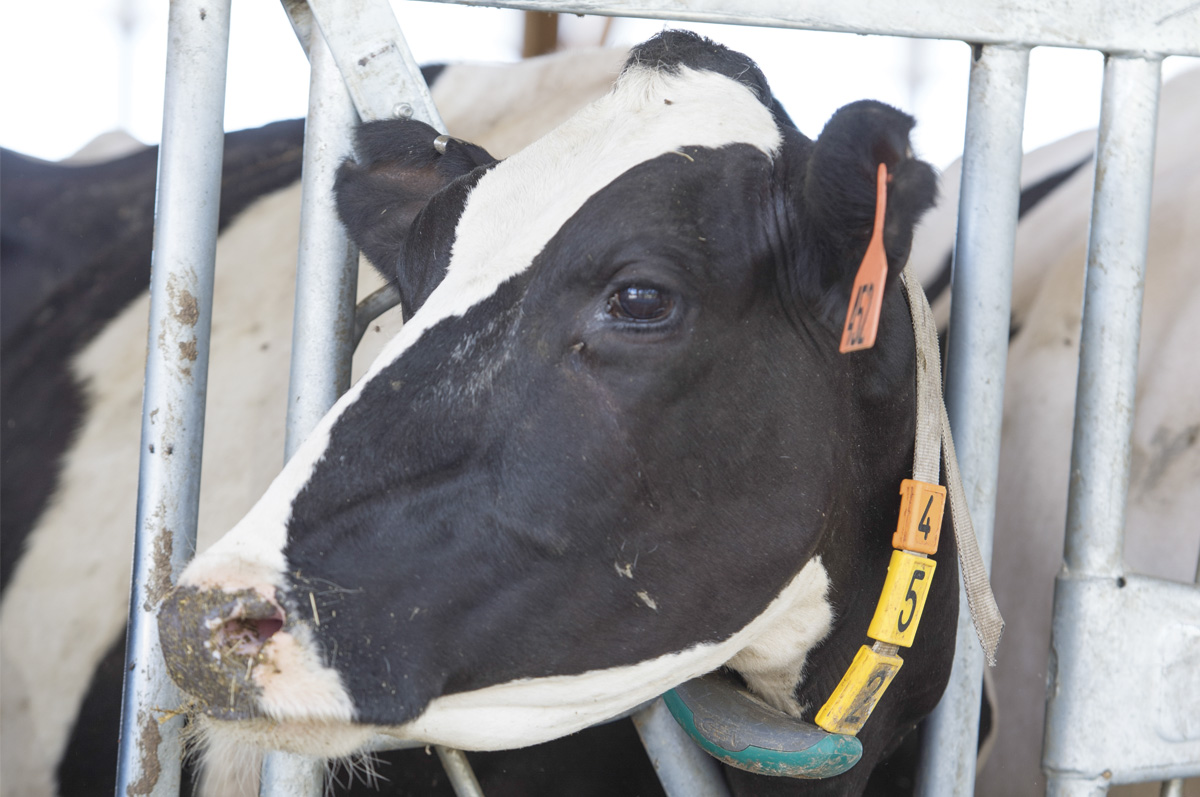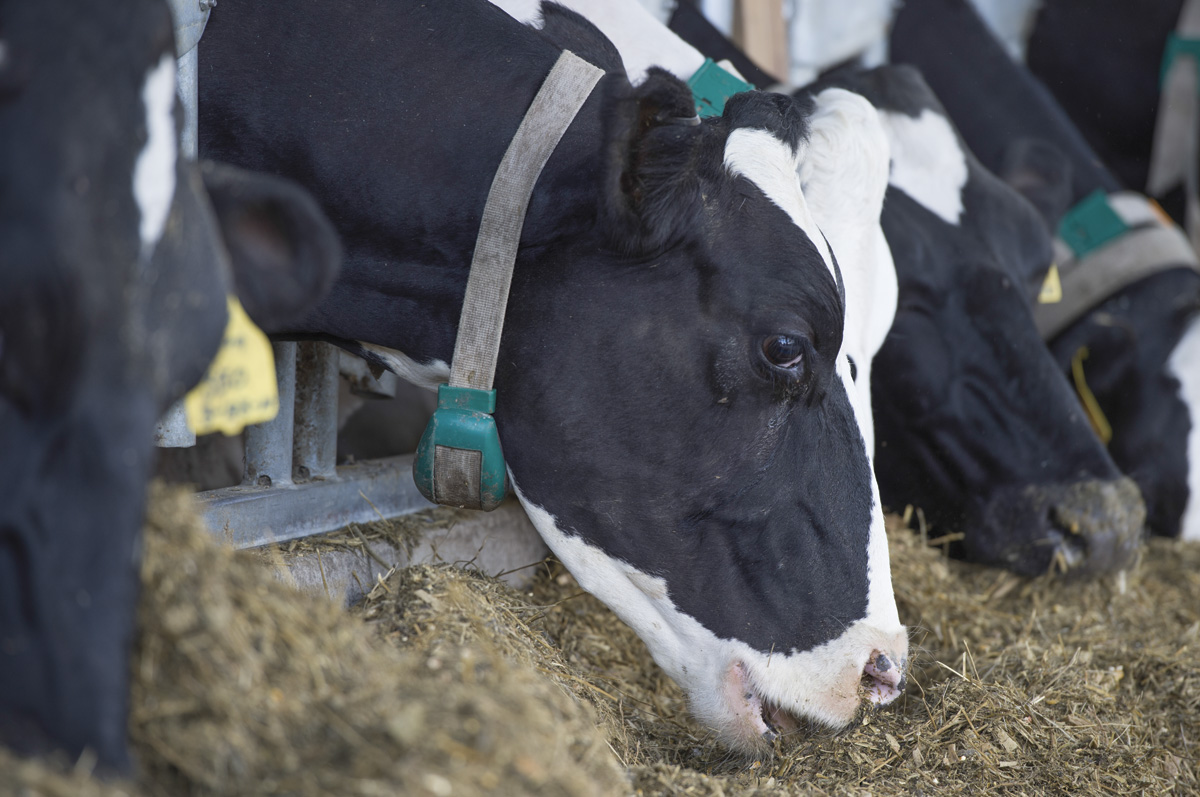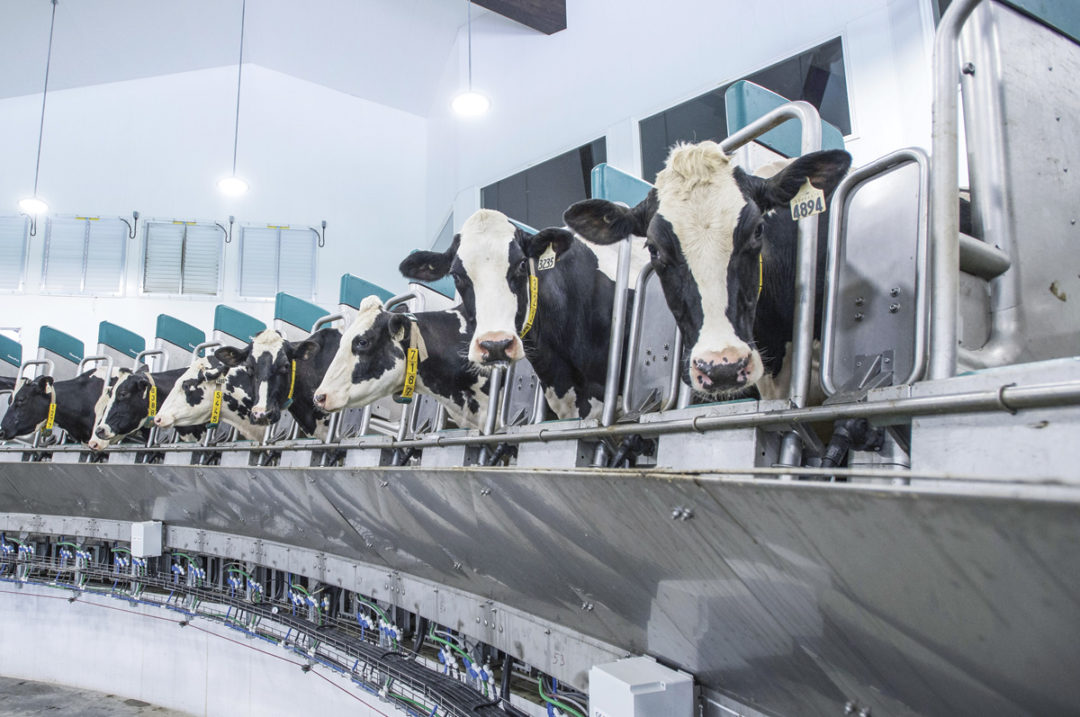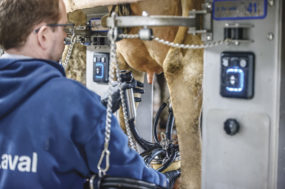To read this article in French, click here.
In a flooded market of animal monitoring systems, it can be easy to get caught up on what is new or flashy. But flashy does not always translate to what you need – efficiency, profitability and, ultimately, a solution that makes your day-to-day herd management tasks easier.
When you dig into the nuts and bolts of monitoring system options, you will find most systems provide similar information, including health and activity insights. But they do not have the same integration capabilities or farmer support.
Use the following considerations to help weigh your options and determine the best monitoring system for your farm.
1. Know the integration capabilities
Monitoring systems alone provide insightful information to help you manage your herd. But you can significantly streamline your daily herd management when you combine monitoring system data with your existing management tools and technology.
Herd management software integration
Most monitoring systems interface with herd management software, such as DairyComp and PC DART, but capabilities vary. Some monitoring systems have more advanced integration capabilities, like automating protocols based on individual cow behavior.
For example, if a cow cycles at 55 days and your voluntary waiting period is 60 days, there is an assumption that cow will show a heat again on her own. With some monitoring system integrations, the herd management software can automatically unenroll her from your timed A.I. protocol based on a recognized heat with the monitoring system. If the cow does not show another heat, the system can automatically re-enroll her into the timed A.I. protocol. This feature allows you to use timed A.I. as a treatment rather than a blanket protocol.
Another example: If a cow is entered as pregnant in your herd management software and shows a heat with the monitoring system, she will automatically be added to your vet checklist. This feature ensures cows do not make it too far into their lactation or dry-off without being pregnant.

Some monitoring systems have more advanced integration capabilities with herd management software, like automating protocols based on individual cow behavior. Photo courtesy of GEA.
Some monitoring systems have more advanced integration capabilities with herd management software, like automating protocols based on individual cow behavior. Photo courtesy of GEA.
These interface capabilities increase return on investment by helping ensure the right cows get attention. They also reduce dependence on skilled labor by automating the process. You do not have to rely on a seasoned team member to ensure the right cows get put on the correct list.
Find out more about a monitoring system’s interface capabilities with these questions:
- How does it interface with herd management software?
- What is the partnership between the herd management software company and the animal monitoring solution company?
- Can you automate tasks on individual cow behavior? Or is it solely an interface that displays inputs?
Integration with existing or future technologies
Integration goes beyond your herd management software. Think about the other technologies you are already using or are considering adding in the future.
Some monitoring systems are standalone systems, providing only health, activity and group monitoring insights. Others are all-in-one solutions that integrate with animal identification components – such as a parlor, sort gate, cow location or milking robot.
For example, some dairy farmers find efficiencies by adding a sort gate that syncs with their monitoring system. When the monitoring system generates an alarm, the gate automatically sorts the cow into a separate area after milking to perform a cowside evaluation, breeding or herd health tasks. Even if you do not have a sort gate, cow location or robotic milking technology today, choosing an animal monitoring system that integrates with these technologies opens your options for the future.
Cow location is another useful function available with some systems. This feature helps minimize pen disruption and time spent looking for cows while reducing lockup time.

Cow location is another useful function available with some systems. This feature helps minimize pen disruption and time spent looking for cows. Photo courtesy of GEA.
2. Look for a reliable, durable system
Like any investment, you want a solution built to last. Most monitoring systems claim a battery life of five to eight years. If you are using a monitoring system with ID, find out if it requires battery life to ID or uses passive ID. If the ID runs off the battery, that is more drain on the battery, impacting longevity. And if the tag fails for some reason, with a passive system, you could still use the tag for parlor ID functions.
If you are considering eartags over a neck collar system, retention can be an issue. Understand whether the monitoring device must fasten to another tag or if it is an independent tag. For example, EID buttons, which some monitoring tags attach to, were not designed to carry another tag’s weight, making both devices more likely to fall off. If you are considering going the eartag route, plan to spend more time on tag maintenance.
3. Learn about accessibility
If the internet is a challenge on your farm, find out if it is required to access the monitoring system. Some systems do not require internet access unless you want alerts emailed to your smartphone or tablet, or are moving cows between multiple locations and want to transfer their behavior baseline from site to site. Other systems are solely cloud-based, which can significantly impact your user experience if you have a poor internet connection.
Learn how the rest of your farm’s team can access your monitoring system information – such as your breeding technician, veterinarian and consultants. Sharing access can be as easy as a remote login through the internet or an app, while others require more steps.
4. Find out how customer support works
When you incorporate a monitoring system into your farm, you will rely on it daily for herd management. If you have trouble with your system, you need someone you can call to provide immediate support.
Not every monitoring system company has a local technical support team or a 24-7 hotline you can call – and many of these customer resources are based overseas. Find out if your system has a technical support team that is based locally.
Use these considerations to set your farm up for success with an all-in-one solution for herd monitoring and identification. Work with your milking equipment dealer to find the right monitoring system for your herd.







